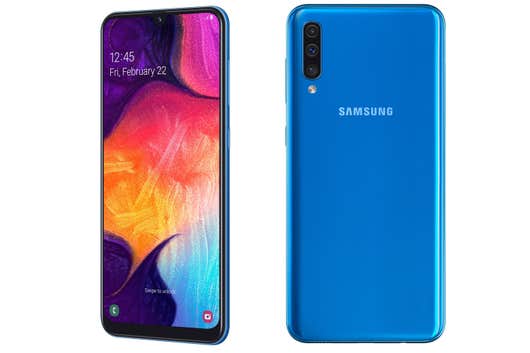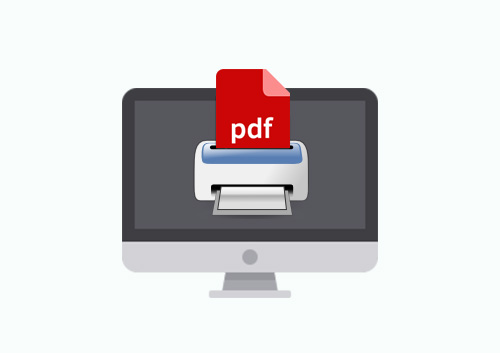Now that the LG G4 low effort root method has been released, you can simply follow the step by step directions below to root your H815 LG G4.
Warning:
If you are not on the 10c version, or if you do not own the H815 variant of the LG G4, do not follow this tutorial. Also, make sure you do every single step listed here exactly as shown because if you fail to follow any of these warnings then you can permanently brick your LG G4. Team Codefire or I am not responsible for what you do with your smartphone. By the H815 variant, I do not mean the H815T, H815TR, H815P ones. If you have an LG G4 with the model numbers H815T, H815TR, H815P, then do not follow this tutorial.
So, if you are still looking forward to gaining root access to your International H815 LG G4 then let’s get started!
International H815 LG G4 Root
- Download and Install the USB Drivers
- After Installation has Completed, Reboot the PC
- Download the ‘Send Command’ Root Tool Linked Here
- Extract These Files Into a Folder on Your PC
- Connect the LG G4 to the PC with a Micro USB Cable
- Launch the Settings Application and Tap on the Storage Option
- Tap the 3-Dot Menu at the Top Right to Make Sure MTP is Enabled
- Download the Pre-Rooted Firmware to the PC
- You’ll Need to Extract This File and Move the .img File to the Root of Your LG G4
- Do Not Rename This .img File and Do Not Put it Into Any Folders Within the LG G4’s Internal Storage
- Then You Can Disconnect the Micro USB Cable from the LG G4
- Enable USB Debugging on the LG G4
- Open the LG Root Folder(from step 4)
- Hold the Shift Button on the Keyboard and Right-Click on an Empty Space Within the Folder
- Left-Click on the ‘Open Command Window Here’ Option
- Power Down the LG G4
- While Powered Off, Hold the Volume Up Button and Connect the USB Cable to the LG G4(while it is still connected to the PC)
- Wait for the Drivers to be Installed
- This Should Bring You to the LG G4 Download Mode
- Once There, Double Click on the ‘ports.bat’ File Within the LG Root Folder(from step 4)
- Make Note of the COM#(COM Number) for the \Device\LGANDNETDIAG1 Option
- Go Back to the Other Command Prompt that We Opened in the LG Root Folder(from step 15)
- Type the Following Command. . .
- Send_Command.exe \\.\COM#
- Where You Replace Pound Symbol(#) With the COM Number You Took Note(from step 21)
- . . .And Press Enter on the Keyboard
- Then Type the Following Command. . .
- id
- . . .And Press Enter on the Keyboard
- If You Do Not Get a Response Like “uid=(0)root gid=(0)root”, Then Repeat Step 24(the Send_Command step)
- Type the Following Command. . .
- dd if=/data/media/0/system.rooted.H81510c-EU.img bs=8192 seek=55296 count=529920 of=/dev/block/mmcblk0
- . . Then Press Enter on the Keyboard
- Please Wait While the Process Completes
- When You See a Pound Sign Returned(#) Then the Process is Finished
- Type the Following Command. . .
- LEAVE
- . . .And Press Enter on the Keyboard
- Wait for the LG G4 to Reboot
Explanation
I know, this might seem too difficult at first glance, but it really is fairly simple. I take pride in being able to dissect complex tasks like this into step by step tutorials and I have helped thousands of people root their Android device so far. You should definitely look over the tutorial and if you aren’t quite sure about one of the steps then leave a comment at the bottom of the article to ask about it.
I’m always happy to help out and help explain something that anyone might not understand. So the first thing you’ll need to do is download the USB drivers.
Once downloaded, go ahead and install them and then reboot your computer so that those changes can take effect. Then you can download the generic LG root tools(from step 3) and extract them into a folder on your computer. I like to extract things like this onto the Desktop for quick access(until I’m done using them), but you can extract them anywhere you want. After that, then you’ll want to connect the LG G4 to the computer with a micro USB cable and double-check to make sure that MTP is the selected transfer option as described in the tutorial.
Next up, download the pre-rooted LG G4 firmware to the computer because that is the kind of root method this is. This is very similar to what we see on Samsung devices where the user is required to flash a pre-rooted firmware file to their device in order to gain root access. Once downloaded, go ahead and extract it and you should get an image file(.img) in there. Please do not change the name of this file because we’re going to be typing a copy command a bit later and we need to have the same names for this. Once extracted, go ahead and copy/move this image file onto the LG G4’s root storage directory.
After the file has been copied/moved over, you can then disconnect the LG G4 from the PC, but leave the cable plugged into the computer because we’re going to use that again soon. Go ahead and enable USB Debugging on your LG G4, then open the folder that you extracted those generic root tools into earlier in the tutorial. Launch a command prompt from within this directory, as instructed in the guide, and then power down the LG G4 so that we can enter Download Mode(again, as described in the tutorial). Once you are in Download Mode, we can double-click the ports.bat file so that we can find out which COM port number our LG G4 is connected to.
Now, go ahead and go back to the command prompt window that we opened a little earlier and execute the Send_Command.exe command that is described in the tutorial. Remember to replace the COM# with the COM number that you saw from the ports.bat file. Using the image as the example above, the command would be “Send_Command.exe \\.\COM4”. Once that has been done, execute the “id” command and make sure that we get a response like it says in the tutorial. If you don’t, then you’ll need to repeat the Send_Command command because sometimes this tool doesn’t execute properly.
As long as you get a response like I listed in the tutorial, then go ahead and type the big “dd if” command that is shown. This is the big step in the guide as it will copy/replace your LG G4 firmware with this pre-rooted one that we downloaded earlier. You’ll want to wait while this process completes and then look for a pound sign(#) to be returned. As long as you see that pop up, then the process is complete and then we can type the LEAVE command to exit the root tool. This should also make your LG G4 reboot and then you’ll be taken back to a rooted LG G4 firmware.
This whole pre-rooted firmware wouldn’t be possible if it weren’t for Team Codefire, so go ahead and visit their XDA thread to leave a thanks, tell them that you appreciate their work, donate to them, etc. You might also want to check out the XDA thread for the person who set up those generic LG root tools too. These people do a lot of the work for the community’s respect and appreciation so be sure to let them know that you appreciate their work.





Thanks for the tutorial.. Can i unroot this method without erasing everything?should i flash a stock not rooted system.img the same way i flashed this rooted one?
There’s an uninstall option within the SuperSU application that should allow this. However, you have to remember that the SuperSU application doesn’t know all of the other changes you have made since you rooted. . .just like the rooted system.img. So yes, you’ll need to flash a nonrooted system.image along with this process.
Plus, if you install Xposed or change the DPI, SuperSU won’t know that and won’t revert those changes when you use this uninstall/unroot method. So you’ll have to backtrack all of the changes you have made since rooting
Even still, sometimes these root apps/mods aren’t coded properly and even though you uninstall them, they sometimes leave traces behind. So your mileage may vary depending on what you go with, but for most people they will need to do a factory reset(or flashing stock firmware via Download Mode) to unroot and start over
That’s it. I give up. I’ve spent all day trying to Root my LG G4, following your tutorials. I deleted an MP4 file that I thought I might retrieve if I root the phone. Various apps failed me. I tried the manual approach and followed all the various leads, including numerous software downloads, but no luck. One brick wall after another (the final one being unable to boot my handset using the “power and volume down” method). In any case, I suspect the reset mid-process probably did for any deleted files. Ho-hum.